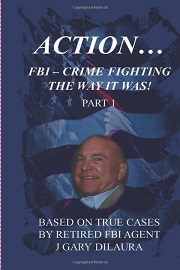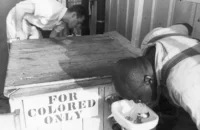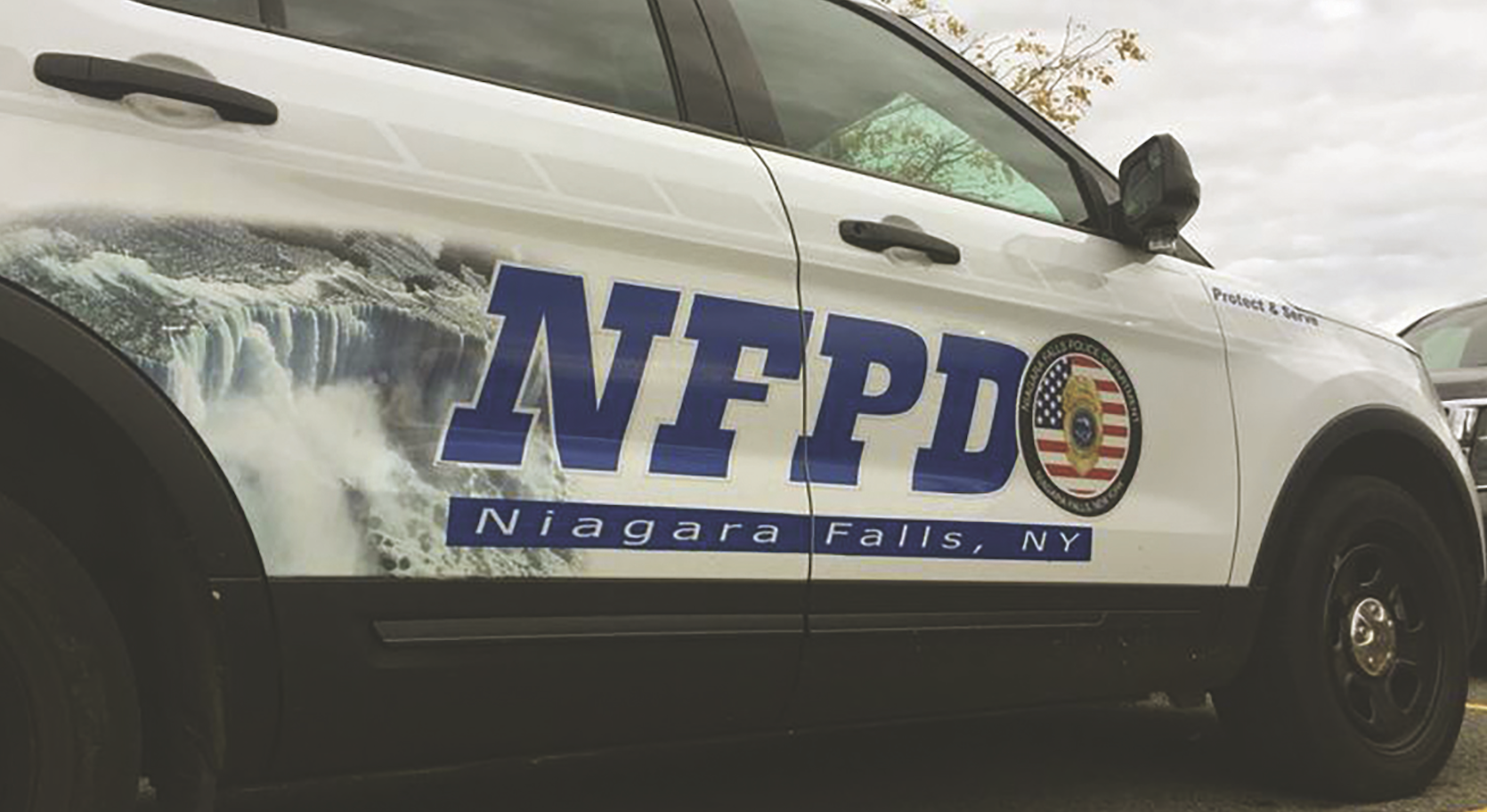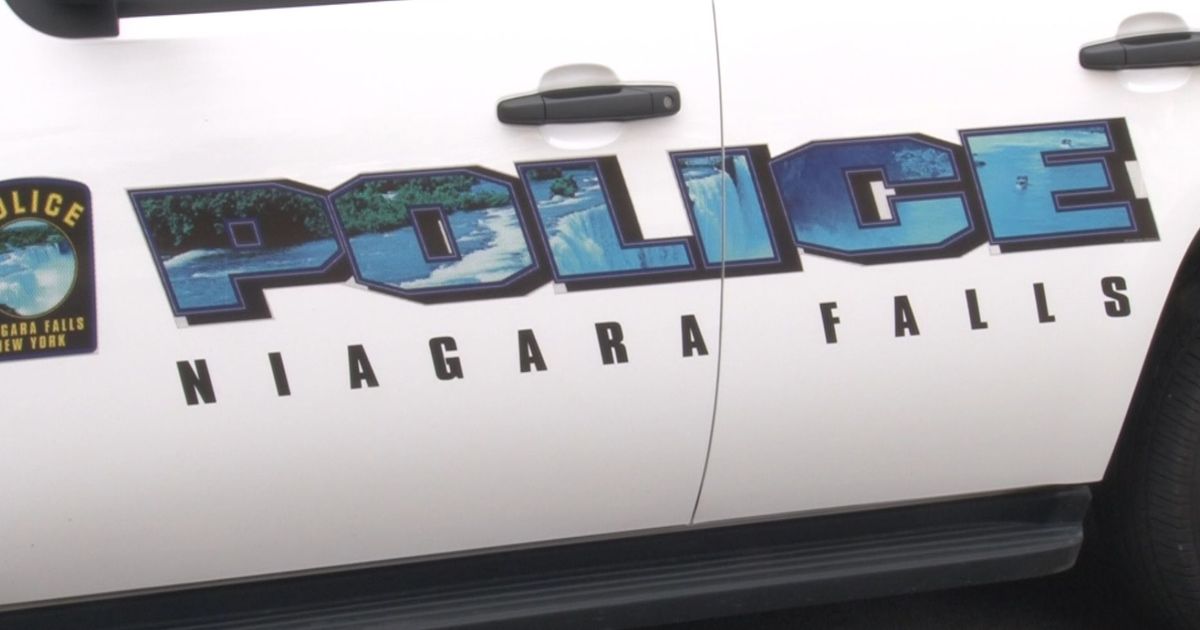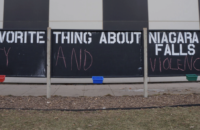
Nathan Winograd, father of the No Kill movement and widely considered the leading animal advocate in the USA.
By Nathan Winograd
(Editor’s note: A world renowned animal advocate, Nathan Winograd is considered to be the father of the No Kill movement. His comments on our Oct. 13 article “SPCA Report Contradicts Police Version of Shootings that Killed Pit Bulls in Drug Raids” for his national animal rights audience on Facebook drew wide attention. He has kindly consented to have his comments republished for Artvoice.)
Winograd authored the seminal “No Kill Equation,” the bible of the No Kill movement, which describes steps animal shelters should take to achieve a policy where no healthy animal is euthanized. Here he lends supports to the concept detailed in the Artvoice article of using CO2 fire extinguishers instead of guns to subdue, rather than kill, potentially aggressive dogs during no knock raids of homes of citizens suspected of drug sales.)
Every year in the U.S., over 10,000 dogs are shot by police. Some police departments kill more than others. The Buffalo, NY Police Department is one of those agencies. And one of its officers — just one — shot and killed more dogs than all New York City police officers — the entire New York City Police Department — combined, in the same time period.

Nathan Winograd posted the above picture of a Buffalo child and his dog, which appeared in Artvoice, on his Facebook page and commented: “An innocent dog killed by police in front of his family, including this little boy. Deputies raided his home based on the false information of a snitch – “a criminal who acted as an informant to get out of being arrested.” No one was arrested, no drugs were found, and the family was left to clean up the bloody mess.”
While every Buffalo officer who kills dogs claims the dogs are “aggressive” and argues that the shootings were justified based on fear of attack, a necropsy by the SPCA in one of those shootings contradicted the officer’s version of events that the dog was threatening at point blank range. And an exposé found innocent dogs being killed in front of families, including children, based on the false claims of police “snitches.”
Not surprisingly, a Kansas study found that most police officers receive no training on safe animal handling even though 90% of police officers want it. The study concluded that “Kansas Law Enforcement Officers perform animal control duties — many without the proper training — even though most consider such training to be important to be able to perform their duties safely.”
Although the study looked at officer safety (i.e., to prevent risk of rabies), such training is also very important to dogs and the people who love them. In fact, one department — in neighboring Kansas City, MO — reduced the shooting of dogs by 80% after officers were trained by a dog behaviorist and adopted new practices consistent with that training.
Similarly, Niagara Falls Police use fire extinguishers instead of guns to repel dogs: “It’s very noisy and very cold. It tastes bad. But it doesn’t do any damage to the dog. “I’ve talked to many, many officers who have used fire extinguishers, and I have never heard of a case where they didn’t work,” said ASPCA dog behavior expert Dr. Randall Lockwood.
Instead of tens of thousands of dogs being killed, the vast majority of dogs would be safe.
The FBI recently announced it will launch an online database of “use of force” statistics of police departments nationwide. They should include use of force interactions with dogs, too.
Dogs are family. And dogs have rights. Likewise, officers deserve the tools they need to do their jobs safely, effectively and humanely (and to be held accountable when they fail). It’s a win-win: for dogs and for officers.
As a former prosecutor, training deputy for the local Sheriff’s Office, and Chief of Animal Control, I am not anti-police. But as with every other field, it is not the color of the uniform that matters, but the character of the person wearing it.







